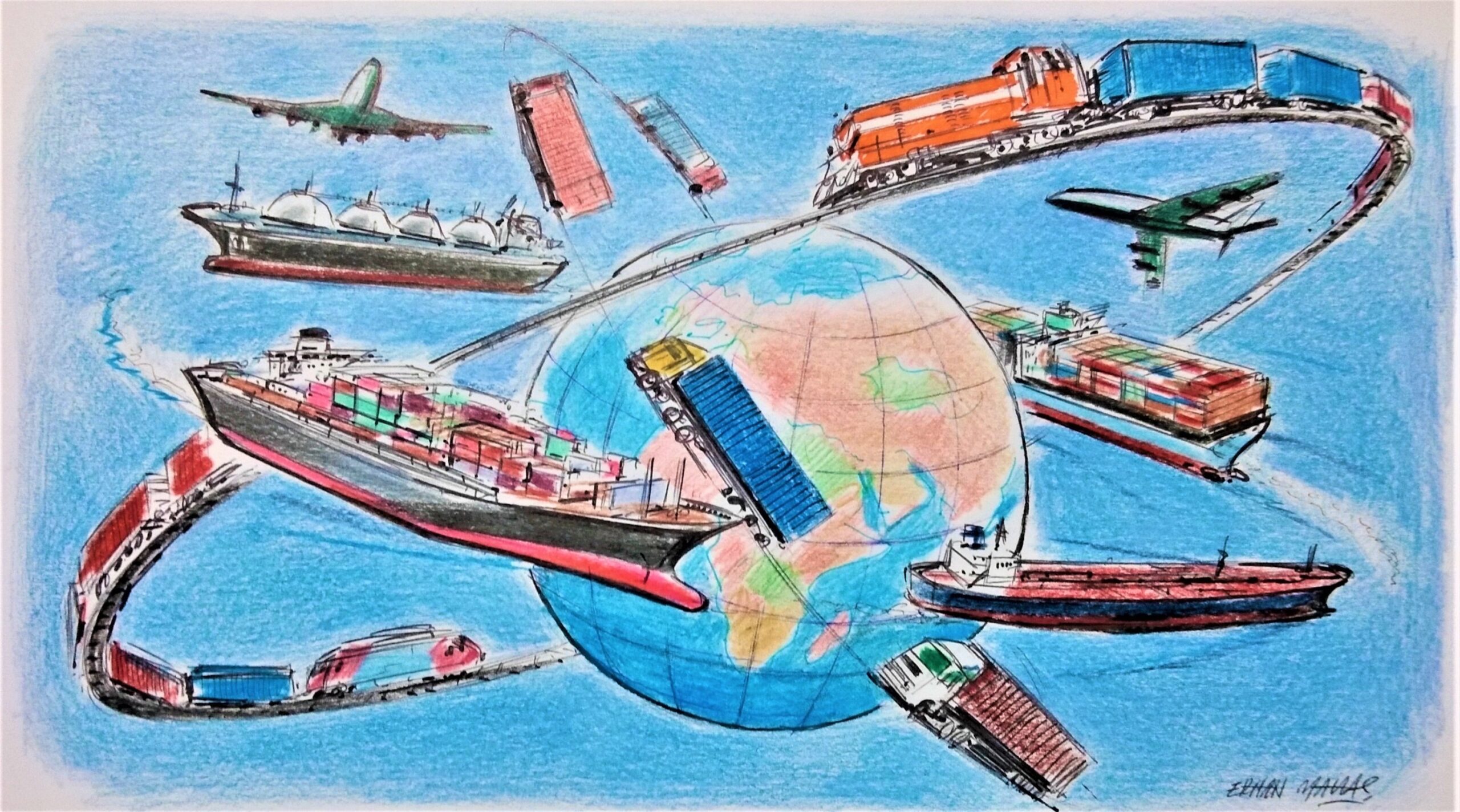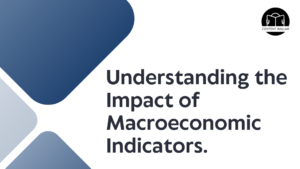
Global trade and supply chain issues have become increasingly prominent topics in recent years, impacting economies, businesses, and consumers worldwide. These issues arise from a complex interplay of factors, including geopolitical tensions, trade policies, technological disruptions, natural disasters, and the ongoing COVID-19 pandemic. Understanding the dynamics of global trade and supply chains is essential for navigating the challenges and opportunities they present.
Global trade plays a vital role in the interconnected world economy, facilitating the exchange of goods, services, and capital across borders. International trade agreements, tariff policies, and trade barriers influence the flow of goods and services between countries, shaping global economic integration and competitiveness. However, shifts in trade policies, trade disputes, and protectionist measures can disrupt supply chains, increase business costs, and dampen economic growth.
Geopolitical tensions and trade disputes between major economies, such as the United States, China, and the European Union, have led to increased uncertainty and volatility in global trade. Tariffs, trade sanctions, and retaliatory measures imposed by governments can disrupt supply chains, disrupt market access, and hinder cross-border investment. Trade tensions also have implications for consumer prices, business confidence, and investor sentiment, impacting economic stability and growth prospects.
The COVID-19 pandemic has further exacerbated global trade and supply chain issues, highlighting vulnerabilities and dependencies in the global supply chain network. Lockdown measures, travel restrictions, and disruptions to manufacturing and transportation have disrupted production, distribution, and logistics operations worldwide. Shortages of essential goods, medical supplies, and semiconductors have exposed weaknesses in supply chain resilience and risk management strategies, prompting calls for greater diversification and localization of supply chains.
Technological disruptions, such as automation, artificial intelligence, and digitalization, are reshaping global supply chains and trade patterns. Advances in technology have enabled greater efficiency, transparency, and agility in supply chain management, enabling companies to optimize inventory levels, reduce lead times, and improve customer responsiveness. However, technological disruptions also pose challenges, such as workforce displacement, cybersecurity risks, and digital divide, requiring investment in skills development, cybersecurity infrastructure, and digital literacy initiatives.
Natural disasters, extreme weather events, and climate change pose additional risks to global trade and supply chains. Disruptions to transportation networks, port facilities, and production facilities can disrupt the flow of goods and services, leading to supply shortages, price volatility, and economic losses. Climate-related risks, such as rising sea levels, extreme temperatures, and resource scarcity, require proactive adaptation and resilience-building measures to mitigate the impact on supply chain operations and business continuity.
Addressing global trade and supply chain issues requires a collaborative and multilateral approach involving governments, businesses, and international organizations. Enhancing transparency, coordination, and information-sharing among stakeholders can help identify emerging risks, anticipate disruptions, and strengthen supply chain resilience. Investing in infrastructure, digital technologies, and sustainable practices can enhance supply chain efficiency, reduce carbon emissions, and promote inclusive growth.
In conclusion, global trade and supply chain issues are multifaceted challenges that require proactive management, innovation, and collaboration to address effectively. By embracing resilience, adaptability, and sustainability principles, stakeholders can build more robust and responsive supply chains that withstand disruptions and contribute to economic prosperity and social development in an increasingly interconnected world.
have become increasingly prominent topics in recent years, impacting economies, businesses, and consumers worldwide. These issues arise from a complex interplay of factors, including geopolitical tensions, trade policies, technological disruptions, natural disasters, and the ongoing COVID-19 pandemic. Understanding the dynamics of global trade and supply chains is essential for navigating the challenges and opportunities they present.
Global trade plays a vital role in the interconnected world economy, facilitating the exchange of goods, services, and capital across borders. International trade agreements, tariff policies, and trade barriers influence the flow of goods and services between countries, shaping global economic integration and competitiveness. However, shifts in trade policies, trade disputes, and protectionist measures can disrupt supply chains, increase business costs, and dampen economic growth.
Geopolitical tensions and trade disputes between major economies, such as the United States, China, and the European Union, have led to increased uncertainty and volatility in global trade. Tariffs, trade sanctions, and retaliatory measures imposed by governments can disrupt supply chains, disrupt market access, and hinder cross-border investment. Trade tensions also have implications for consumer prices, business confidence, and investor sentiment, impacting economic stability and growth prospects.
The COVID-19 pandemic has further exacerbated global trade and supply chain issues, highlighting vulnerabilities and dependencies in the global supply chain network. Lockdown measures, travel restrictions, and disruptions to manufacturing and transportation have disrupted production, distribution, and logistics operations worldwide. Shortages of essential goods, medical supplies, and semiconductors have exposed weaknesses in supply chain resilience and risk management strategies, prompting calls for greater diversification and localization of supply chains.
Technological disruptions, such as automation, artificial intelligence, and digitalization, are reshaping global supply chains and trade patterns. Advances in technology have enabled greater efficiency, transparency, and agility in supply chain management, enabling companies to optimize inventory levels, reduce lead times, and improve customer responsiveness. However, technological disruptions also pose challenges, such as workforce displacement, cybersecurity risks, and digital divide, requiring investment in skills development, cybersecurity infrastructure, and digital literacy initiatives.
Natural disasters, extreme weather events, and climate change pose additional risks to global trade and supply chains. Disruptions to transportation networks, port facilities, and production facilities can disrupt the flow of goods and services, leading to supply shortages, price volatility, and economic losses. Climate-related risks, such as rising sea levels, extreme temperatures, and resource scarcity, require proactive adaptation and resilience-building measures to mitigate the impact on supply chain operations and business continuity.
Addressing global trade and supply chain issues requires a collaborative and multilateral approach involving governments, businesses, and international organizations. Enhancing transparency, coordination, and information-sharing among stakeholders can help identify emerging risks, anticipate disruptions, and strengthen supply chain resilience. Investing in infrastructure, digital technologies, and sustainable practices can enhance supply chain efficiency, reduce carbon emissions, and promote inclusive growth.
In conclusion, global trade and supply chain issues are multifaceted challenges that require proactive management, innovation, and collaboration to address effectively. By embracing resilience, adaptability, and sustainability principles, stakeholders can build more robust and responsive supply chains that withstand disruptions and contribute to economic prosperity and social development in an increasingly interconnected world.







